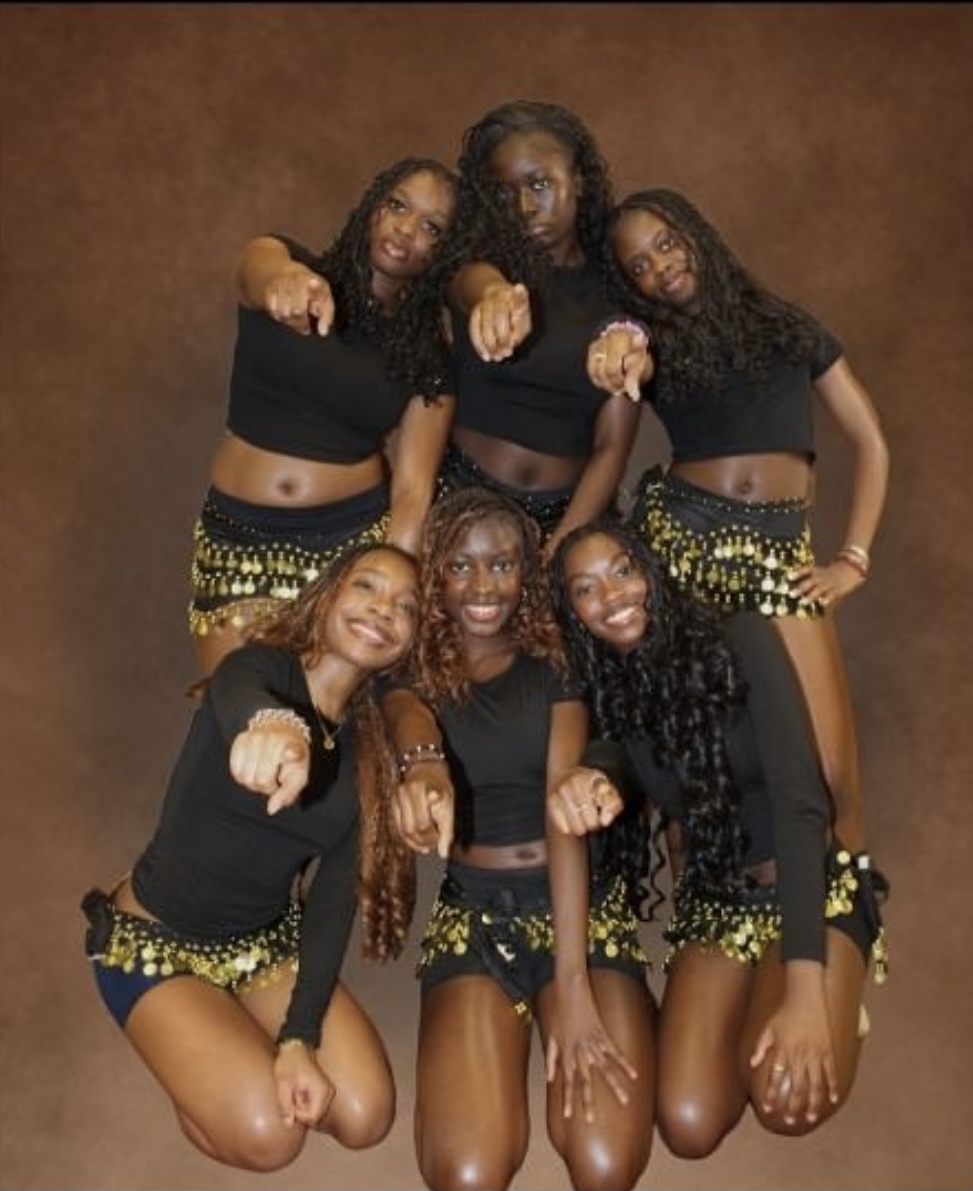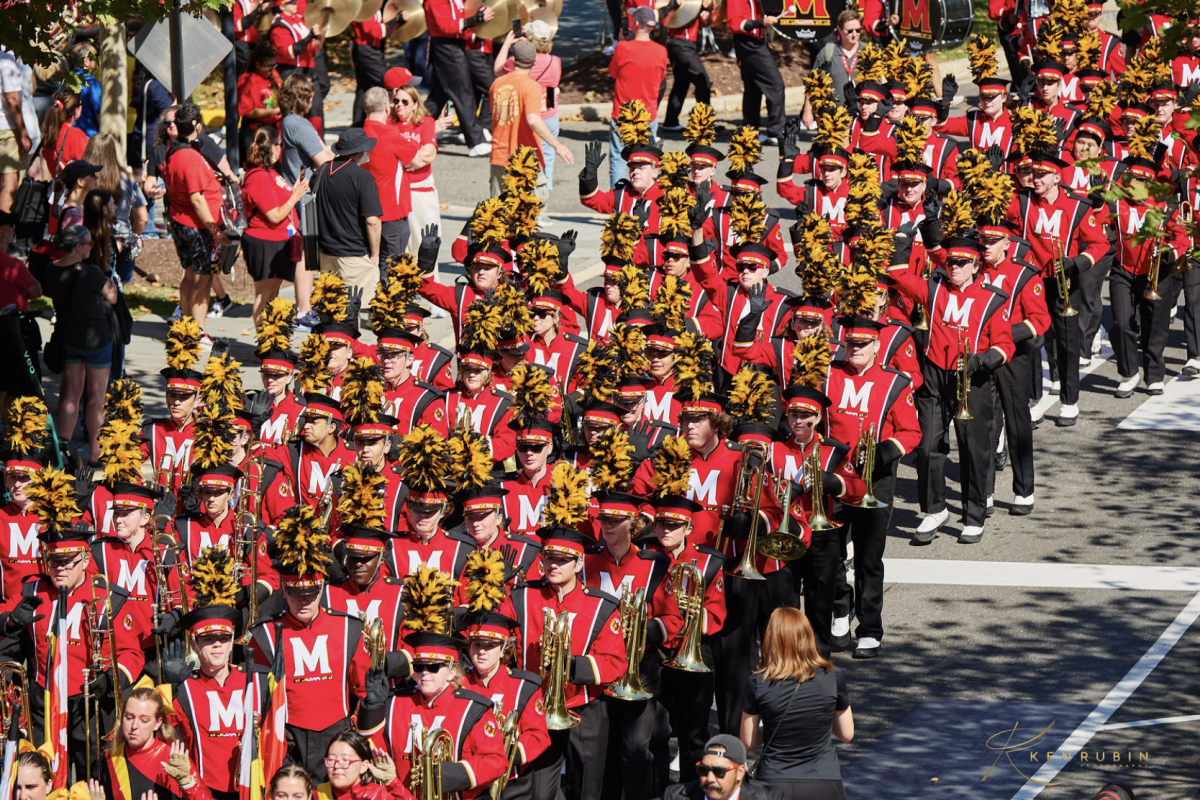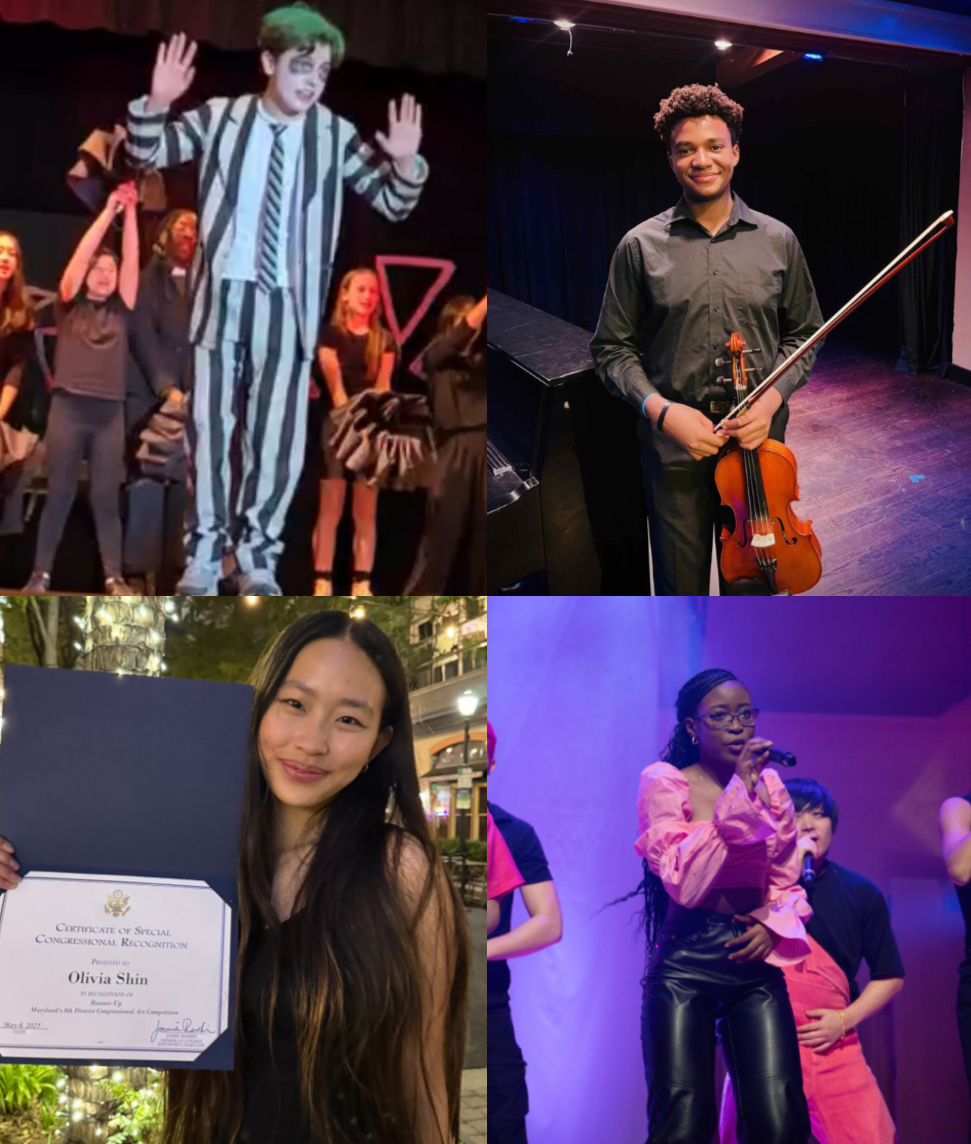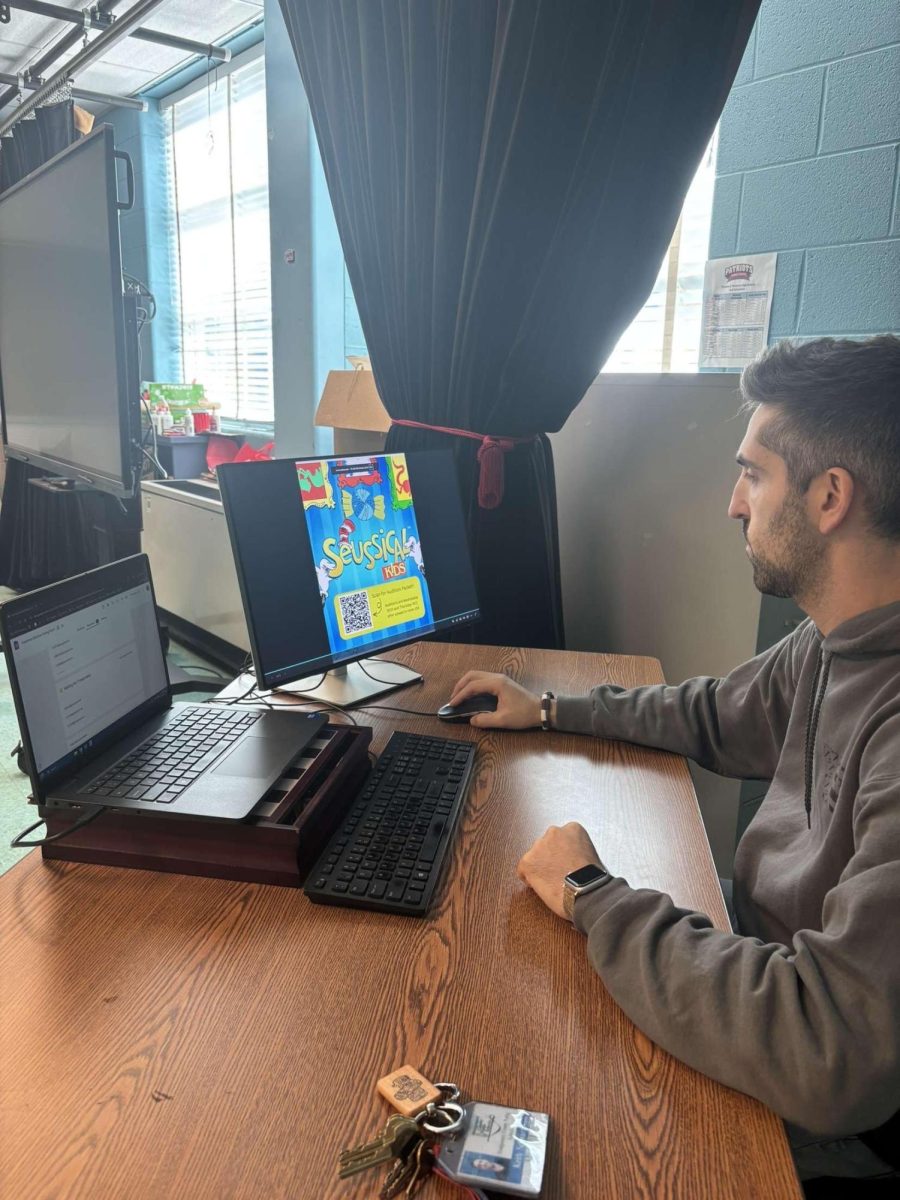Photography, art history, ceramics, studio art: with seemingly endless options for art courses it’s surprising a student only needs one credit to graduate. Although you can take more than one credit of art, most non-humanities students will only take the one. That being said, choosing the right course may be a hard decision. Luckily Common Sense is here to shed light on the different merits of each art class.
Foundations of Art: The most basic and introductory art course the school has to offer, Foundations of Art is good for any student who is not the best artist but is interested in learning about art and having a break from sitting and listening in their schedule. “Being a more math and science type student, it showed me new types of art I hadn’t seen before,” junior Gabe Pollack.
A great introduction to art, foundations of art is a way for new artists to either discover a passion for art, learn something new or complete an art credit.
AP Art History: Although Art History is listed as a history elective, it will suffice as your art credit if you want to take a weighted art class and want a mix of a history class and an art class. Complete with an exam in May, Art History is one of the more rigorous and demanding art courses. Listed on the course bulletin as the art class that requires the most weekly study time, Art History is serious business.
Photography: Throwing it back to photography in the old days, Photography uses old styles: all pictures are on paper and students will get the full experience complete with the black room to develope photos. “The class was really interesting because we got to develope photos the old-fashioned way, which is rare with modern-day technology,” junior Sarah McGrath said.
Photography can be a good way to gain a new perspective of the world and take a break from a hard course-load. “It was nice to have a break in my schedule to be able to do something that I liked,” junior Ashley Pitt said.
Photos taken by students can be seen in the art hallway and the photos show the passion and talent held by students. “My images speak for my thoughts and emotions louder than my voice,” senior Ali Silver said.
Unlike some art courses, photography requires students to take photos outside of school, which can be time consuming.
Ceramics: Creating beautiful sculptures of all different types, ceramics is a popular course among students and, more than anything, the students seem to have fun while conversing and making their artwork. “The teacher really helps me with my projects and the warm-ups we do are interesting,” sophomore Chase Higgins said. Working in class every day, students will usually finish one sculpture in two weeks. After completing different sculptures like bowls and pots, students can take their work home with them.
AP Music Theory: This high-level class has no prerequisites and any student up to the task is welcome to take the course. Although it may seem as if a student in AP Music Theory must have a prior knowledge of music, the class can help anyone learn about music and even make them see music in new way. “While it’s hard, it’s very fun and applicable. I can relate the things we learn to the music I listen to every day, and see it from a new perspective,” junior Margot Bartol said.
On the other hand, the workload relative to other art classes is not for every student. “The class is very fun and relevant but there is a lot of work,” junior Jonathan Yun said.
Josh Messitte
Arts Editor








